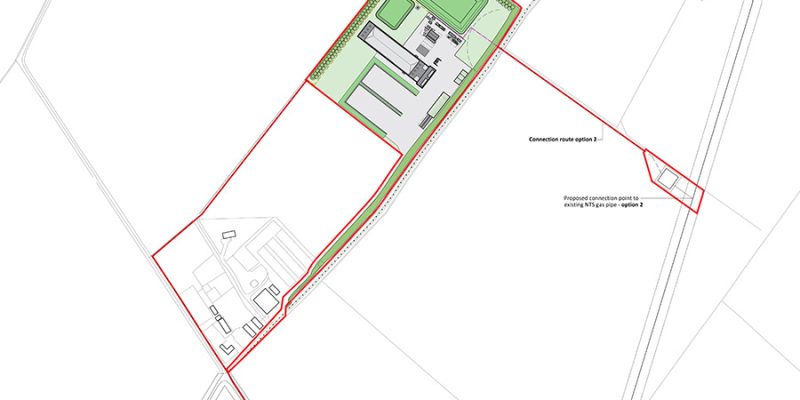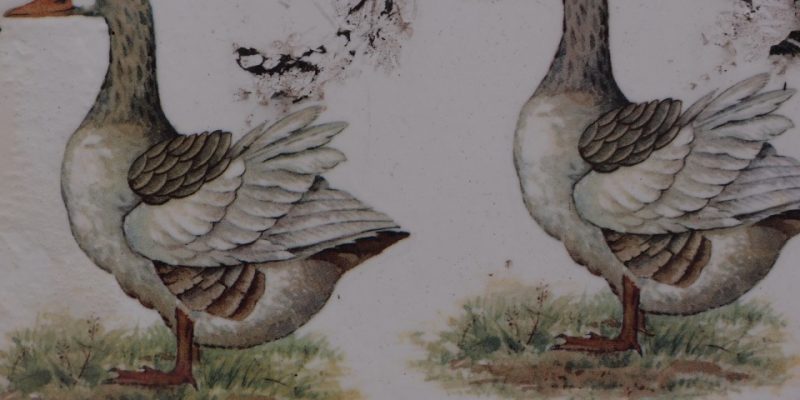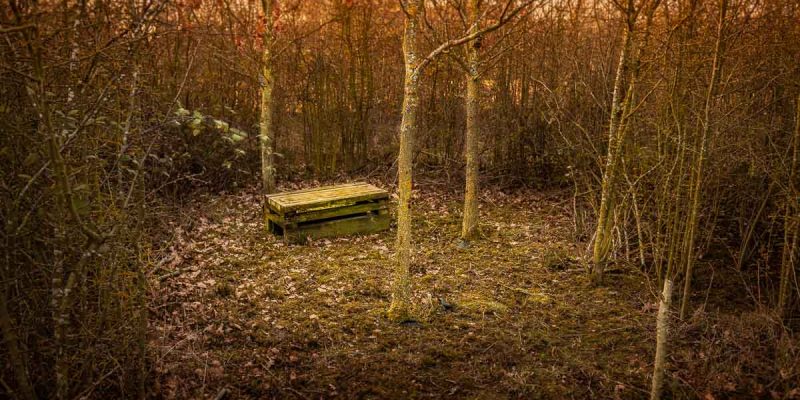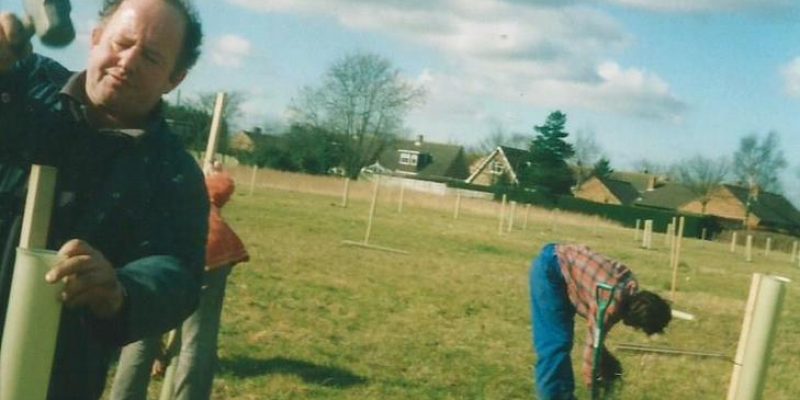Plans and associated documents can be viewed in advance of the meeting on North Northamptonshire’s website, this is a Waste and Minerals Application: NN/23/00026/WASFUL – Proposed Anaerobic Digestion Plant, Associated Infrastructure, Lagoons and Feedstock Clamps at Rectory Farm, Gypsy Lane, Luddington In The Brook, Peterborough, Northamptonshire, PE8
Read more →A case of avian flu has been confirmed at Hemington. As a result Huntingdonshire District Council have advised that Great Gidding is in the 3km protection zone. See the DEFRA website for information and advice, also check the Avian Flu Guidance on Huntingdonshire.gov.uk
Read more →A few photos taken during the winter lockdown. The weather and scenery kind of convey the current mood I think!(Paul Crank)
Read more →Two caring Great Gidding residents have been supporting the local hedgehog hospital and have just released two hedgehogs into one of their gardens.
Read more →It’s been the driest, hottest April on record which has been good news in some ways as we struggle to cope with the social restrictions and distancing that is required during the Covid 19 pandemic. Those of us who are lucky enough to have a garden have
Read more →Over the last few days several village residents have come together to facilitate the parish wide litter pick. Its disapointing to have to resort to these activities but its the price we pay for a consumer society that has poor environmental credentials especially the redbullswillingcostacoffeelobbingmcdonaldsthrowingheinekensboozingcoladrinkingsandwichpackmunchingcrisppackettossing clients who
Read more →The July Knowledge Share – Sunday 14th from 2.30pm ‘Nature & Well Being’ – “A Journey through the senses” With an opportunity to do some practical exercises in and around the wood. This event is kindly being hosted by Rachel Giddens. —————————————————————————————————————————————————————————————– Summer Picnic Following on straight
Read more →Spring Dragonflies & Damselflies at Jubilee Wood in 2018 During a couple of visits to the Jubilee Wood pond in May 2018, five Odonata species were seen. The first species normally to appear in the year is the Large Red Damselfly. The immature insects venture further afield
Read more →19/12/18 Back Lane – Great Gidding Fly tipping, one of the scourges of modern day rural living where the less gifted feel a need to off load their junk or somebody else’s building waste on public highways, Fly tipping is becoming a big problem not just the
Read more →Annual Maintenance Blitz The usual maintenance tasks, hedge trimming, lopping and strimming in the Jubilee Wood. We do this to keep the open areas free of incursion and creep. 9.30am with the tools you favour plus stout gloves and eye protection. Refreshments! Time Saturday 1st December 2018
Read more →



